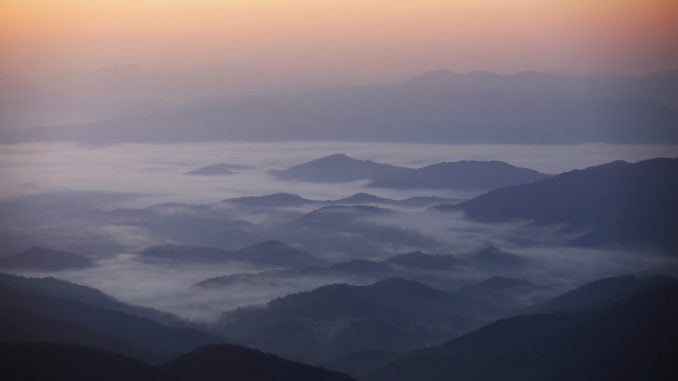
The year 2017 has been one of many violent hurricanes in the Atlantic Ocean, the seventh most active in recorded history, as of October 15, according to the Weather Channel. As a result, more than a few have questioned whether climate change and global warming are the cause.
I am not a scientist, nor do I play one on TV. Also, I do not know the literature enough to discuss the causes of climate change. What I do know is that the debate regarding climate change is anything but new. In fact, America’s founders discussed the topic.
One such founder was North Carolina signatory of the U.S. Constitution, Hugh Williamson. The Pennsylvania native later lived in Edenton, North Carolina. Williamson had diverse intellectual interests and many degrees; he was a licensed minister, a scientist, a mathematician, a businessman, a physician, and a political philosopher. (He was not a dilettante but an accomplished professional in various disciplines.) He was a vocal delegate at the 1787 Constitutional Convention, and his contributions included playing key roles in the Connecticut Compromise, the inclusion of the impeachment process, the length of senatorial terms, and the process of a congressional override of a presidential veto.
Using a cumbersome title so fashionable during the era, Williamson authored “An Attempt to Account for the Change of Climate, which has been observed in The Middle Colonies in North America” (1770).
Williamson stated that the climate in the Middle Colonies—New York, New Jersey, Pennsylvania, and Delaware–had been changing since 1730. (He was born in 1735.) Through time, the winters were not as cold, and the summers were not as hot.
Early scientific notions that lands on the same latitude had the same temperature had been debunked. Williamson stressed that winds and topography must be considered. Landforms and the clearing of forests, he argued, affected winds and thereby influenced temperature differently.
Williamson then focused on the Middle Colonies. There seemed to be a commercial interest in learning about climate change, and in particular, winds and frosts. No doubt merchants and traders and captains and sailors would be interested in any short-term or long-term changes. The flow of goods depended on the ability to transport them. Williamson wrote: “The hardness of our frosts, the quantity and continuance of our snows, are very unequal now, to what they have been, since the settlement of the Province.” As a consequence, waiting times, observed Williamson, had been reduced from 3-5 weeks to 2-3 weeks.
Many American founders cited ancient Greeks and Romans. In this case, Williamson cited the Roman poet Virgil’s accounts of harsh winters in Italy. The Romans, for instance, worried about frozen wine in casks and took great effort to shelter cows from the frost. By the mid-1700s, writes Williamson, Italians feared harsh winters as little as his colonial counterparts in South Carolina and Georgia. To understand this phenomenon, he examined the changing conditions of northern Europe.
In short, Williamson’s conclusion was that land cultivation mitigated winter cold and increased summer heat. Although cleared plains absorbed heat, Williamson argued that the uncultivated mountains produced winds that made for temperate summers. As American lands became more cultivated, the result would be more heated soil, less wind, and warmer winters. Although a decrease in frosts would “be injurious to . . . wheat and winter’s grain,” land cultivation would be generally beneficial. He predicted the growth of the “tender Vine” in all the colonies, and there would be, he claimed, fewer swamps.
As a physician, Williamson ended his essay by relaying a concern for his patients. A professional duty demanded that he understand climate change and how it affected his patients.
Williamson may have had other reasons to study climate change. European contemporaries argued colder weather and less cultivation made for inferior American lands. Therefore, the first settlers struggled during the initial winters, and American animals and plants were smaller and less hearty.
Williamson and his American counterparts disagreed (see Alexander Hamilton’s Federalist #11 for an example). Some founders produced charts showing American and European animals to be of comparative size. Williamson’s essay was, in part, an effort to show that climate change had been occurring in America and that American lands were indeed being cultivated.
Climate change is more frequently, more extensively, and more scientifically debated and discussed in modern-day American politics and conversations, to be sure. The discussion, however, is as old as the nation.
Troy L. Kickler, holds a doctorate in history. He is author of “The King’s Trouble Makers” and co-editor of an upcoming anthology exploring the political contributions of North Carolina founders.



